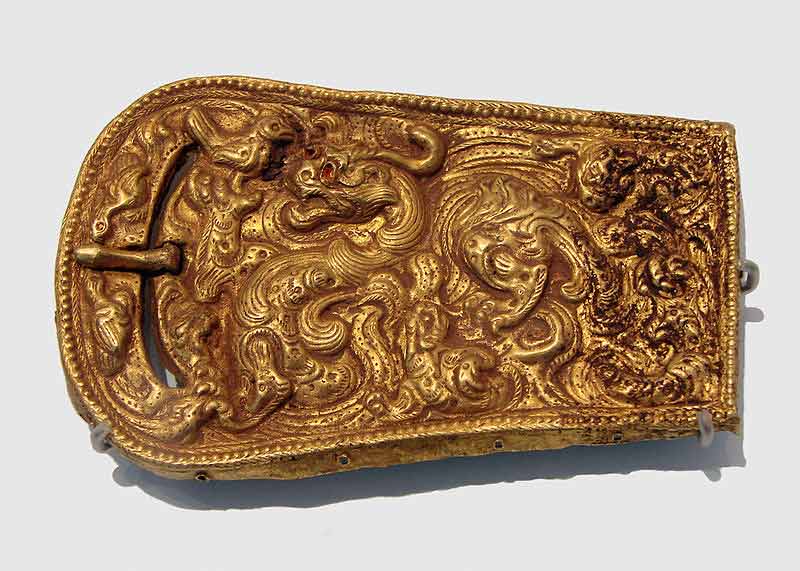 Historians often say that the Han dynasty economy can be characterized by a stark contrast of economic prosperity and decline. Although it is true that for the most part, the Han dynasty is more popularly known as the period of economic opulence and success, there was still a period of apparent decline too. The economy during the Han dynasty was defined by population growth, growth of industries as well as trade and nationalization. New inventions and the bloom of art also contributed to the increase in trading during that period.
Historians often say that the Han dynasty economy can be characterized by a stark contrast of economic prosperity and decline. Although it is true that for the most part, the Han dynasty is more popularly known as the period of economic opulence and success, there was still a period of apparent decline too. The economy during the Han dynasty was defined by population growth, growth of industries as well as trade and nationalization. New inventions and the bloom of art also contributed to the increase in trading during that period.
During the beginning of the Han dynasty, the economy was badly damaged due to the policies of the former dynasty. In addition to that, heavy taxes were imposed on the peasant population and the construction of the Great Wall had also taken its toll on China’s economy. Emperors of the Han dynasty abated this by abolishing Qin dynasty’s suppressive policies and lowering the taxes imposed on peasants and merchants. Because the Han dynasty economy relied largely on the production output of the peasants, the government removed heavy taxation of small land owners and imposed heavier taxes on merchants. They confiscated land from the nobles to encourage peasants and farmers to start planting more.
The government also nationalized the salt and iron industries to restrict industrialist powers. This meant that peasants employed by merchants in their salt and iron workshops could then go back to farming and increase agricultural tax revenue. The development of advanced iron tools also meant for efficient farming thus bringing in more agricultural taxes to the government.
But perhaps the greatest contributor, to the Han dynasty economy’s affluence was the silk trade and the opening up of the Silk Road. The invention of the loom enabled silk to be produced and traded to the western people through the Silk Road. Silk was even used as a currency and a tribute to the nomads of the northwestern steppe. During the later parts of the Han era however, economic and political crises have begun to plague the dynasty and the government became heavily decentralized eventually leading to the fall of the Han economy.
